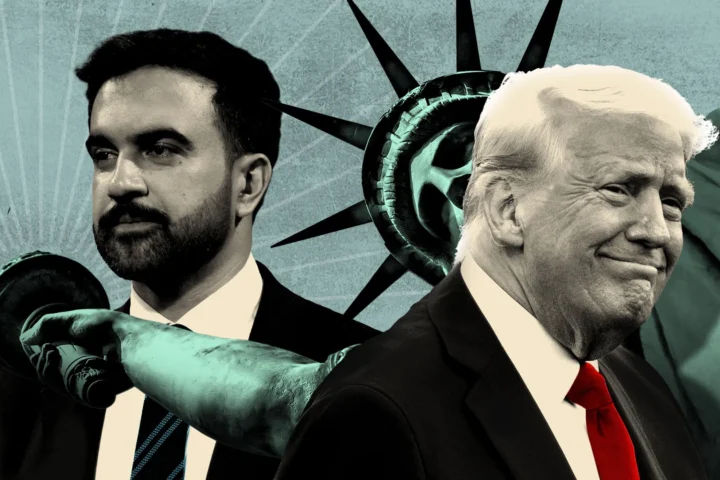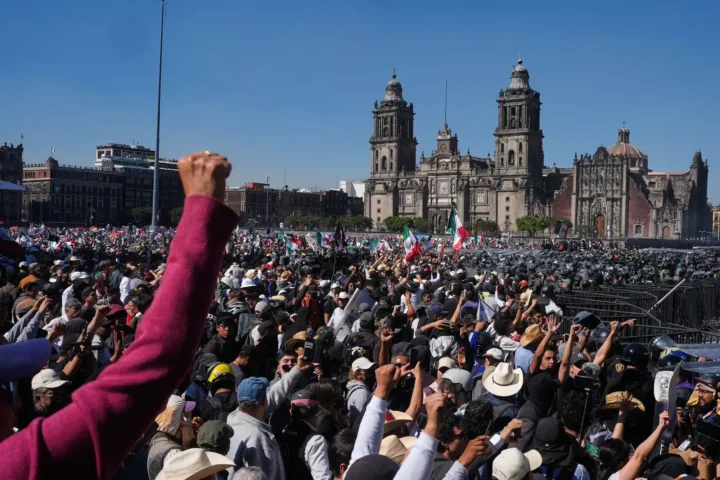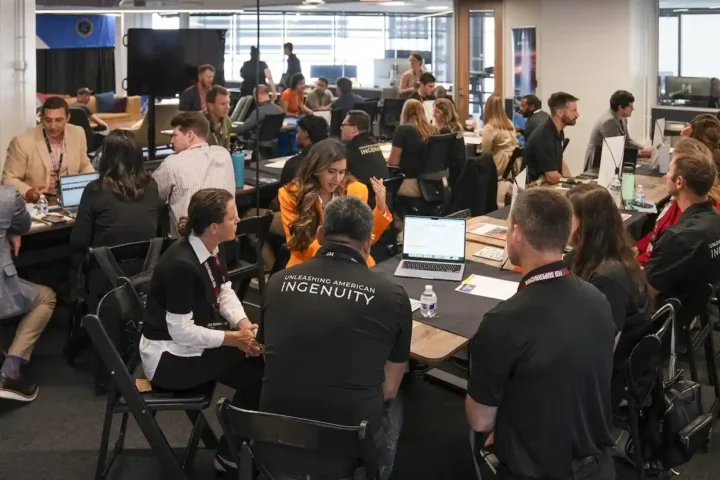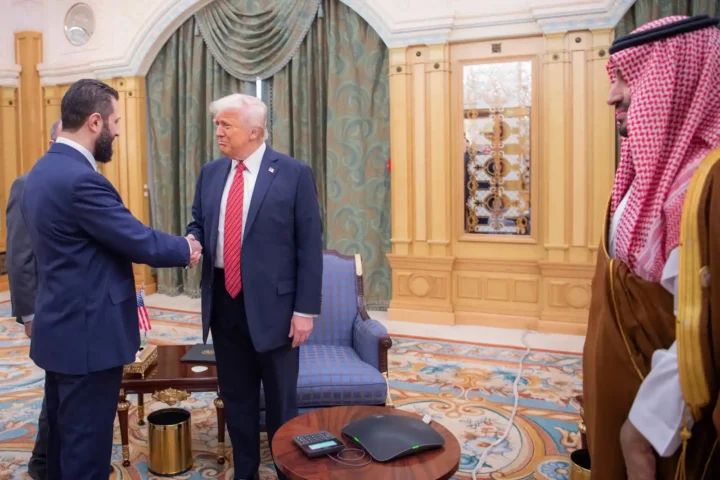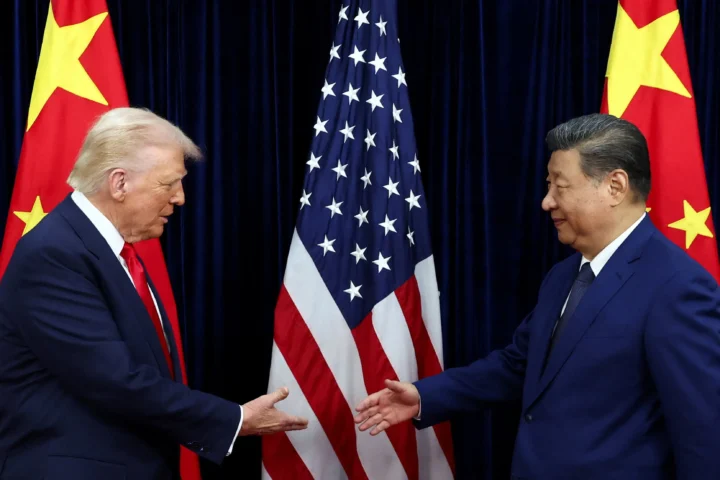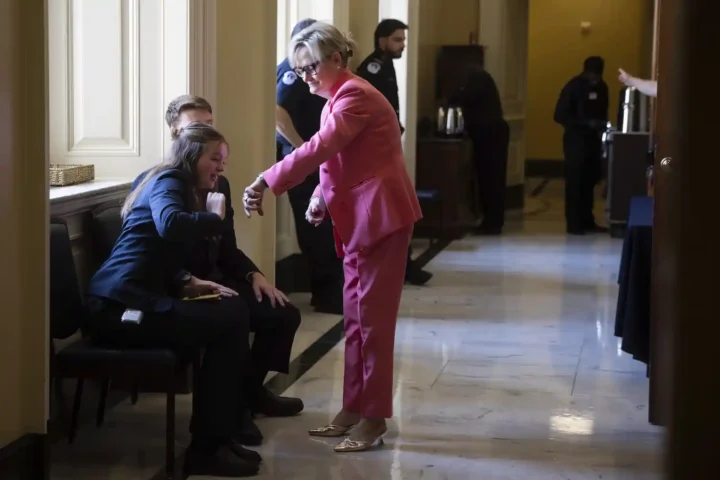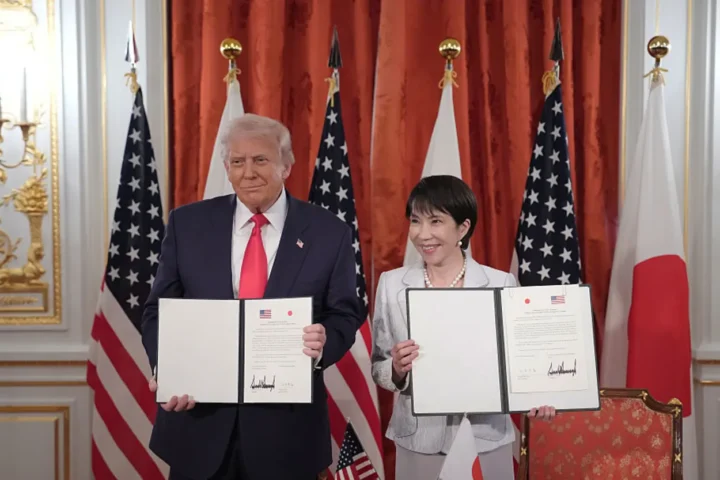The recent meeting between US Secretary of State Marco Rubio and Indian External Affairs Minister Dr. S. Jaishankar is an inflection point for US-India relations amid mounting trade tensions, protectionist tariffs, and wider geopolitical uncertainty. Far more than a routine diplomatic engagement, it is a moment dense with strategic signaling, offering insight into the trajectory of the world’s most consequential bilateral partnership as the global trade order faces its deepest strains in decades.
Tariffs, Visas, and Trade Chaos
When President Donald Trump imposed a fresh 25 percent penalty tariff on India’s exports, the combined US tariff on Indian goods rocketed to 50 percent – one of the world’s steepest trade barriers for a major economic partner. The timing was provocative, coming just days before the United Nations General Assembly and prompting immediate disquiet among Indian exporters, manufacturers, and policymakers. This was not a limited, symbolic gesture: tariffs now hit nearly $48 billion of Indian merchandise, excluding a handful of items like pharmaceuticals and electronics.
The trade chaos did not stop with goods. Days before Rubio’s meeting with Jaishankar, President Trump signed an executive order imposing an unprecedented $100,000 upfront fee for each new H-1B visa. For Indian IT and healthcare professionals—the largest users of the H-1B skilled worker visa—the repercussions are immense, eroding mobility and threatening sectors vital to bilateral ties.
For India, a country seeking to maintain energy security, affordable fuel, and competitive access to the US market, these policy moves have forced a reckoning: diversify trade partners and energy suppliers, or negotiate from an increasingly asymmetric position.
Strategic Messaging from the Meeting
In such an adversarial atmosphere, the Jaishankar-Rubio meeting is remarkable for both its symbolism and substance. Coming on the fringes of the 80th UNGA session – alongside other pivotal meetings with the EU and Asian partners – its 60-minute duration signaled that both sides still consider the relationship “of critical importance” despite recent disputes.
Official statements focused on the positive: bilateral cooperation across trade, defense, energy, critical minerals, and pharmaceuticals. Both leaders underscored a shared vision for a “free and open Indo-Pacific,” with renewed commitment to frameworks like the Quad. The tone was businesslike and forward-looking, reflecting an aspiration for dialogue and “sustained engagement” on priority issues.
Yet, underneath these diplomatic overtures lay a reality check: negotiations must now contend not just with tariffs, but with a wider trust deficit and diverging economic priorities. The bilateral trade agreement—once seen as a formality by October–November 2025—now faces fresh obstacles. India’s delegation led by Commerce Minister Piyush Goyal, in concurrent talks in New York, had to recalibrate its approach amid the new tariff landscape while signaling a willingness to push forward.
Geopolitical Calculus and Domestic Politics
The trade row is not merely the byproduct of economic disagreements—it’s tightly wound up with geopolitics and domestic imperatives. The US administration’s move is part of a larger pattern: tariffs as tools of power projection and signals to both allies and adversaries. Tariffs are an instrument to pressure New Delhi to realign its geoeconomic choices.
The Trump administration also frames tariff escalation as a defense against “unfair trade practices” and as a strategy to shore up support among key domestic constituencies in industrial states. Targeting the perceived trade imbalance – India’s $31 billion surplus with the US in 2024 – is as much a political gesture as a technical correction.
Meanwhile, India’s stance emphasizes energy security, a pragmatic multi-vector diplomacy embracing both US and Russian partners (as well as key Asian and European interlocutors). New Delhi’s refusal to capitulate on Russian oil, and its efforts to diversify exports, is rooted in self-interest and its aspirations for “strategic autonomy.” The simultaneous engagement with EU officials, Philippine diplomats, and the US ambassador nominee ahead of the Jaishankar-Rubio meeting points to an evolved, layered foreign policy.
The Indo-Pacific Balance and Collaboration
One of the meeting’s key subtexts was security. Both sides reiterated Indo-Pacific priorities—including Quad cooperation—amid fears that the trade row could escalate into broader strategic divergence. For the US, India is essential in balancing China’s influence and maintaining freedom of navigation and supply chain security in a region defined by flux.
Despite friction over tariffs and visas, the US and India continue to collaborate on defense modernization (including major purchases of US equipment by India), energy diversification, and critical technology transfer. This balancing act—alliances in some domains, contestation in others—captures the new rhythm of bilateral relations.
What’s Next: Risks and Opportunities
The stakes are enormous—both economically and geopolitically. If current tensions persist, Indian exporters will face diminished competitiveness, especially against rivals like Vietnam and Bangladesh who enjoy much lower tariffs. Lower Indian exports to the US could prompt job losses and ripple effects in industries ranging from apparel and gems to machine parts and chemicals.
At the same time, US companies reliant on Indian IT and healthcare professionals could find themselves squeezed by sharply higher visa costs, disrupting innovation and services. In the short term, both economies—whose two-way trade totaled $129 billion in 2024—stand to lose from reduced flows and tighter restrictions.
Yet the meeting itself hints at possible offramps. Both Rubio and Jaishankar affirmed their willingness for “sustained engagement” and flagged continued discussions towards a new trade agreement, which could act as a stabilizer. The ambition to double bilateral trade by 2030, as reaffirmed in institutional dialogues, sets a high bar but has enduring strategic logic.
A Relationship Under Test
The Jaishankar-Rubio summit is not an epilogue; it’s a new chapter in an uncertain playbook. The meeting underscored that, for all its travails, the US-India partnership remains too significant to be derailed by trade discord alone. Its resilience will depend on the capacity of both sides to compartmentalize disputes, find “positive” points of convergence, and devise innovative solutions, especially in technology, energy, and security.
The road to a mutually beneficial trade compact is steeper, but engagement continues. The persistent dialogue through multilateral and bilateral forums, even in times of heightened tension, demonstrates that economic and geopolitical logic can still triumph over populism and protectionism. In effect, the Rubio-Jaishankar meeting suggests that even amidst trade chaos, diplomacy and strategy still offer paths forward for two of the world’s leading democracies.


